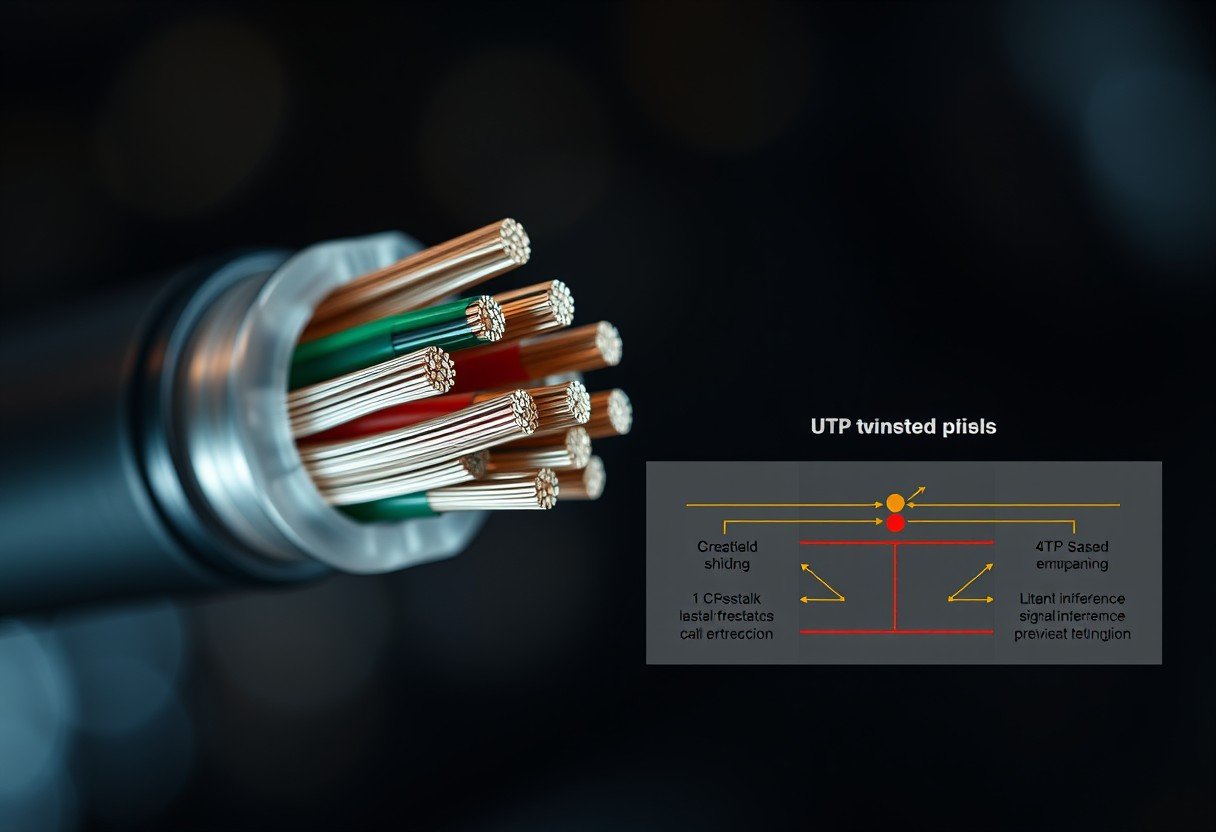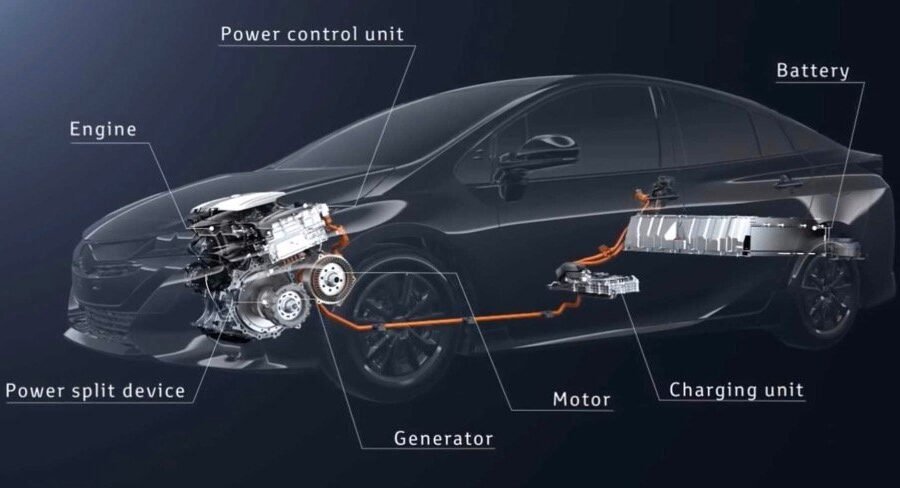It’s a frustrating moment for any driver: you shift your car into drive or reverse, press the gas, and nothing happens. This common problem can happen for many reasons, from simple fixes to more complex mechanical issues. Understanding why your car won’t move is the first step to getting back on the road. This guide will walk you through the most likely causes, helping you diagnose the problem and decide on the next steps.
What are the Main Reasons a Car Won’t Move?
When a car fails to move, the issue typically lies within the system that transfers power from the engine to the wheels. This is known as the drivetrain. A problem at any point in this chain can leave you stranded.
The most common culprits include low or bad transmission fluid, a faulty transmission, seized brakes, or a broken drivetrain component like an axle or driveshaft. Sometimes, the issue can even be related to the car’s computer system. Identifying the specific cause involves a process of elimination, starting with the easiest checks first.
A 2022 survey by the Auto Care Association found that transmission problems account for nearly 15% of all major vehicle repairs. This highlights how crucial a healthy transmission is for your car’s mobility.
To help you get started, here is a quick overview of potential issues and their common symptoms.
| Potential Cause | Common Symptoms |
|---|---|
| Low Transmission Fluid | Delayed gear engagement, slipping gears, overheating. |
| Brake System Interference | Car feels stuck, grinding or dragging noises from wheels. |
| Broken Drivetrain Part | Loud clunking or popping noise followed by no movement. |
| Internal Transmission Failure | Engine revs but car doesn’t move, burning smell, strange noises. |
Could it be a Transmission Fluid Problem?
One of the most frequent and easily fixable reasons a car won’t move is low transmission fluid. Transmission fluid is the lifeblood of your transmission; it lubricates moving parts, cools the unit, and provides the hydraulic pressure needed to shift gears.
When the fluid level is too low, the transmission pump can suck in air, which prevents it from creating enough pressure to engage the gears properly. This can cause the car to not move at all or to experience significant delays before moving.
Checking your transmission fluid is a simple first step. Most vehicles have a dipstick for the transmission, similar to the engine oil dipstick. If the fluid is low, topping it up with the correct type of fluid specified in your owner’s manual might solve the problem. However, if the fluid is dark brown, black, or smells burnt, it indicates a more serious internal problem that needs professional attention.
Are Your Brakes Secretly Holding You Back?
It might seem strange, but sometimes the reason your car won’t move has nothing to do with the engine or transmission. The problem could be with the brakes. If a brake caliper seizes or the parking brake fails to release, it can lock a wheel in place, preventing the car from moving.
This can happen due to rust, corrosion, or a failure in the brake’s hydraulic system. You might notice the engine straining as you press the gas, or you may hear a dragging or grinding sound coming from one of the wheels. If you suspect a stuck brake, it’s important not to force the car to move, as this can cause significant damage to the brake system and tire.
Investigating the Drivetrain and Axles
The drivetrain is the collection of components that deliver power to the driving wheels. This includes the driveshaft, CV joints, differential, and axles. If any one of these parts breaks, the power from the engine can’t reach the wheels, and your car will not move.
A common failure is a broken CV axle. You might hear a loud pop or clunking sound when it breaks, and afterward, the engine will rev freely when you press the gas, but the car will go nowhere. You can sometimes diagnose this by looking under the car for a dangling shaft or grease splattered around the inside of a wheel. Repairing drivetrain components requires specialized tools and knowledge, making it a job best left to a qualified mechanic.
Simple Troubleshooting Steps You Can Do Yourself
Before calling for a tow truck, there are a few simple checks you can perform safely. These steps can help you either identify a simple fix or gather more information for your mechanic.
- Check the Obvious: Is your parking brake fully disengaged? It’s a common oversight. Also, ensure your gear selector is fully in “Drive” or “Reverse.” Sometimes it can get stuck between gears.
- Check Transmission Fluid: With the engine running and the car in Park or Neutral (check your owner’s manual), check the transmission fluid dipstick. Note the level and the condition of the fluid.
- Listen Carefully: Turn off the radio and any fans. Try shifting through the gears (P, R, N, D). Listen for any unusual sounds like clunking, grinding, or whining as you shift. These sounds can provide valuable clues about the problem.
- Look Under the Car: Safely look under the vehicle for any visible leaks (red or brown fluid for transmission) or broken parts, like a disconnected driveshaft.
If these steps don’t reveal an obvious and simple solution, it’s time to consider professional help.
Knowing When to Call a Professional Mechanic
While some issues, like low fluid, can be addressed by a car owner, most causes of a non-moving car require professional diagnosis and repair. Transmissions, drivetrains, and brake systems are complex and critical to your safety.
Attempting to perform complex repairs without the proper training and tools can lead to further damage and can be dangerous. A qualified mechanic has the diagnostic equipment to read error codes from your car’s computer (ECM) and the experience to pinpoint the exact cause of the failure. Don’t hesitate to have your vehicle towed to a trusted auto repair shop to ensure the job is done correctly and safely.
Frequently Asked Questions
Why does my car rev but not move?
If your engine revs but the car doesn’t move, it typically means power isn’t being transferred to the wheels. This is often caused by low transmission fluid, a faulty torque converter, a worn-out clutch, or a broken drivetrain component like a CV axle.
Can low engine oil stop a car from moving?
No, low engine oil will not directly prevent your car from moving in drive or reverse. However, critically low oil levels can cause the engine to seize, which would stop the car from running altogether.
Is it expensive to fix a car that won’t move?
The cost can vary dramatically depending on the cause. Adding transmission fluid might only cost a few dollars, while a complete transmission rebuild can cost several thousand dollars. A proper diagnosis is needed to get an accurate repair estimate.
What should I do first if my car won’t move?
First, ensure your safety by turning on your hazard lights and moving to a safe location if possible. Then, perform the simple checks: verify the gear selector and parking brake, and check your transmission fluid level.
Could an electrical problem stop my car from moving?
Yes, a problem with the Electronic Control Module (ECM) or a faulty sensor can prevent the transmission from engaging the correct gear. Modern cars rely heavily on electronics to control the transmission, so a computer issue can certainly leave you stranded.






Leave a Comment